Plaid is popular and seems to be covering everything this season: dishes, sofas, shower curtains, and fun wall art.
While the plaid pattern is often associated with colder weather, it’s not surprising that it starts popping up when the leaves start falling down. But this year is different. Plaid is even more popular this autumn than in recent years.
The pattern is covering almost everything. It’s not just the typical warm-up gear of flannel, blankets, jackets, and scarves, it’s also on sofas, shower curtains, wall art, and plates.
The reason for plaid’s popularity? It has a lot to do with current events.
-

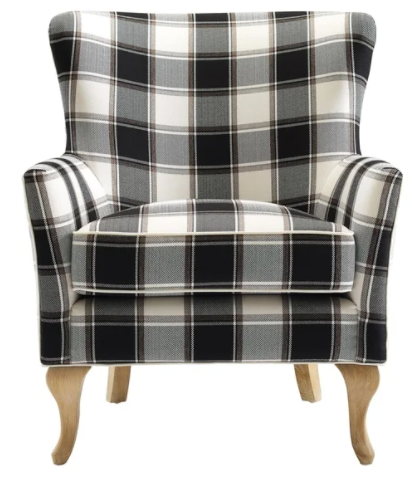
Overstock’s Avenue Greene Fremont Checkered Pattern Chair -

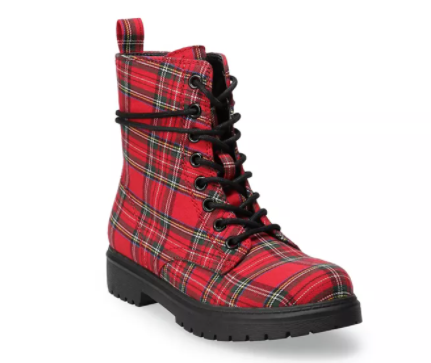
Kohls SO Bowfin Women’s Combat Boots -

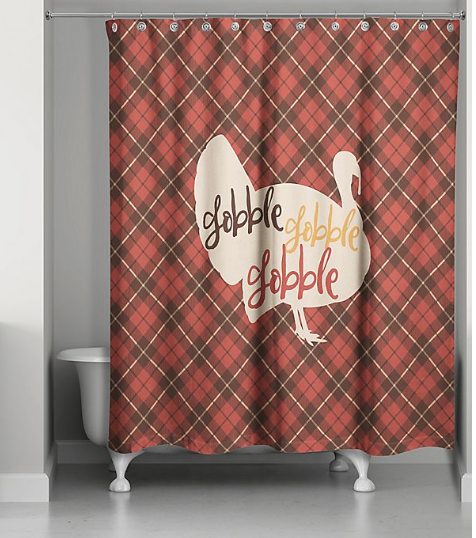
Bed Bath & Beyond’s
Plaid Turkey Shower Curtain -

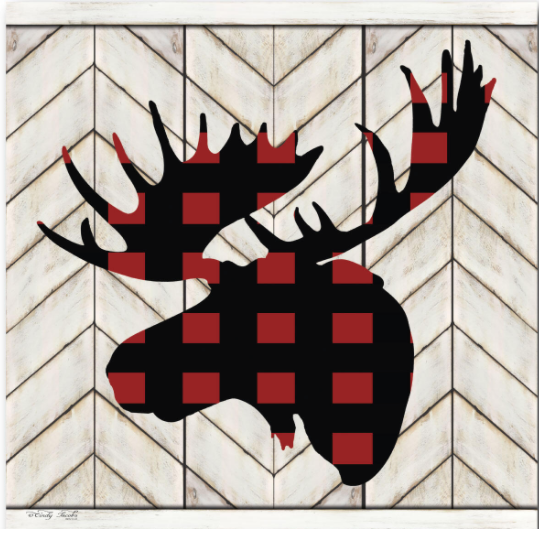
The Home Depot Plaid Wall Art -

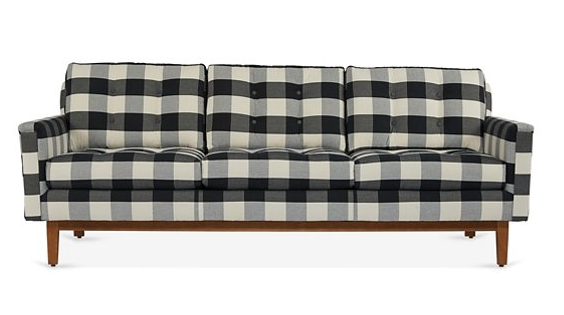
One Kings Lane’s
Allan Sofa in Black & Cream -

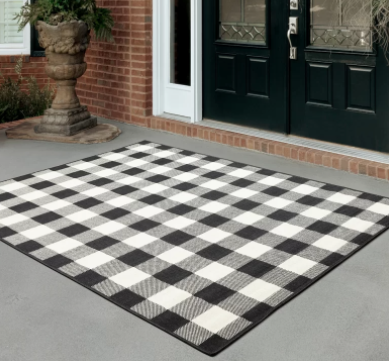
Wayfair’s Wiest Plaid
Indoor-Outdoor Area Rug -

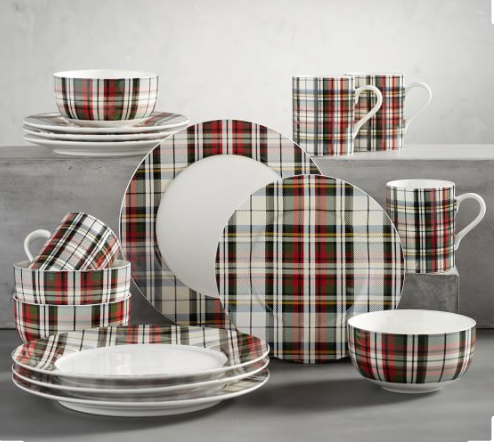
Pottery Barn’s Denver Plaid Stoneware -

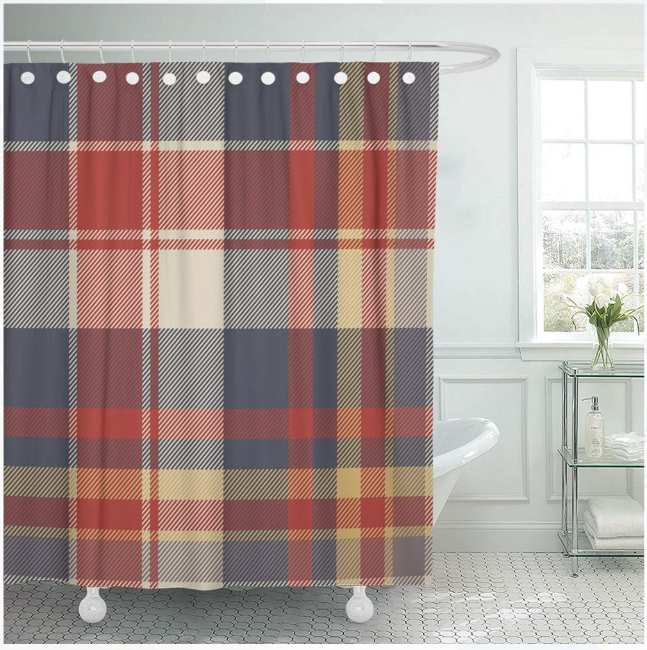
Walmart’s Lumberjack shower curtain -

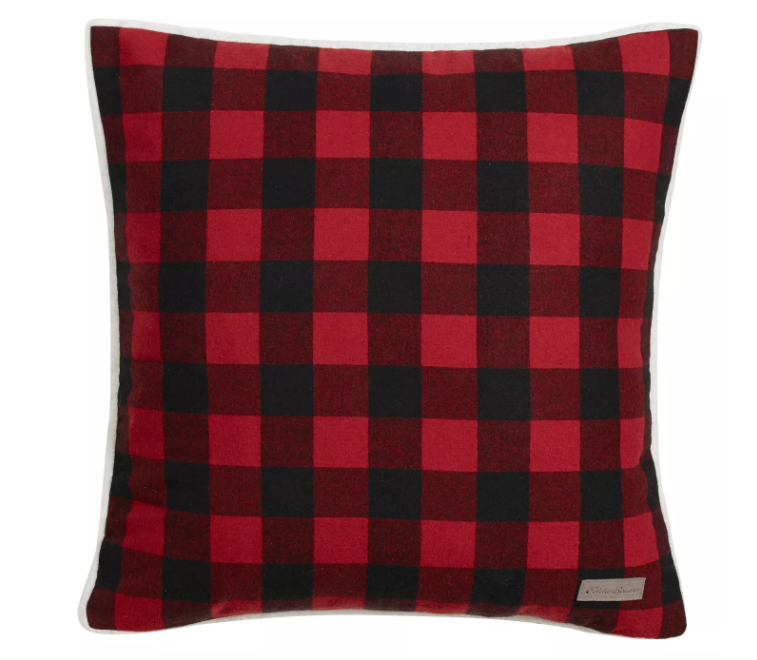
Target’s Buffalo Plaid Pillow
Why is plaid popping up everywhere?
We need comfort. It’s just that simple. In stressful times, there is a trend to familiar, traditional, and comfortable textures, patterns, and colors. We retreat into what we can rely upon, timeless things that have been around for a long time. Plaid is an historic pattern that has been used for centuries. It is a pattern associated with coziness, since it usually covers thick, insulated, cold-weather gear like blankets and scarves.
We need strength. In times of struggle and unsteadiness, we need to feel powerful and capable in order to face the challenges appearing everyday. There is a sense of ruggedness and virility associated with plaid patterns. It’s a hardworking pattern that shows up on building contractors, camping enthusiasts, and hunters, so it’s identifiable as a pattern we wear to accomplish something tough, rugged, or physically demanding.
tartan: a plaid textile design of Scottish origin consisting of stripes of varying width and color usually patterned to designate a distinctive clanplaid: a pattern of unevenly spaced repeated stripes crossing at right anglessource: Merriam-Webster
Why is plaid associated with comfort?
Plaid is a traditional pattern that has its roots as far back as the 8th century BC, with the evidence of tartan leggings on a mummified body in Central Asia.
While we know that it existed, we don’t know how popular plaid was during the 8th century BC. But we do know that the pattern started gaining popularity in Scotland around the late 16th century. Local weavers would use their limited resources available to make fabrics, and the patterns of those fabrics became associated with those locations. These patterns eventually became identifiers for families and clans.
(Still used as an identifier of place, plaid is used as Catholic school uniforms. Schools choose different plaid, so that it’s easy to identify which school a child attends.)
Grown out of a colder climate, plaid is popular as a pattern for winter-weather items, including blankets and coats. The Scottish heritage lends itself to a layered bundled-up look, ready to take on the coldest of temperatures.
Why is plaid associated with strength?
Plaid is a rugged pattern that evolved from a familial identifier to a military symbol during the 18th century when it began use for Royal Regiment of Scotland. Today, the dark blue, black, and green plaid they used is known as Black Watch Plaid. It’s also known as Grant Hunting, as it is thought originally to be the Clan Grant’s signature pattern.
Another reason plaid connotes strength is how the MacGregor clan’s black-and-red plaid gained popularity in the United States during the 19th century. There are several stories about the rise in popularity, but most of the tales involve bartering with Native Americans or lumberjacks’ wives during the lumber boom. From those frontier and trading origins, it became known as buffalo plaid.
How can plaid help us deal with current events?
Plaid is just a pattern, it really isn’t going to solve the world’s dilemmas.
The power of plaid is that the long-trusted pattern can give us a sense of stability. Many of us need a little extra steadiness to handle the new difficulties and challenges from a pandemic and polarizing election. When the outside world is uncertain, it’s just comforting to be able to curl up with a cozy plaid flannel throw and feel protected inside our homes for a little while.


Very interesting. Plaid does convey hardiness maybe because it is strong lines intersecting that seem impenetrable.